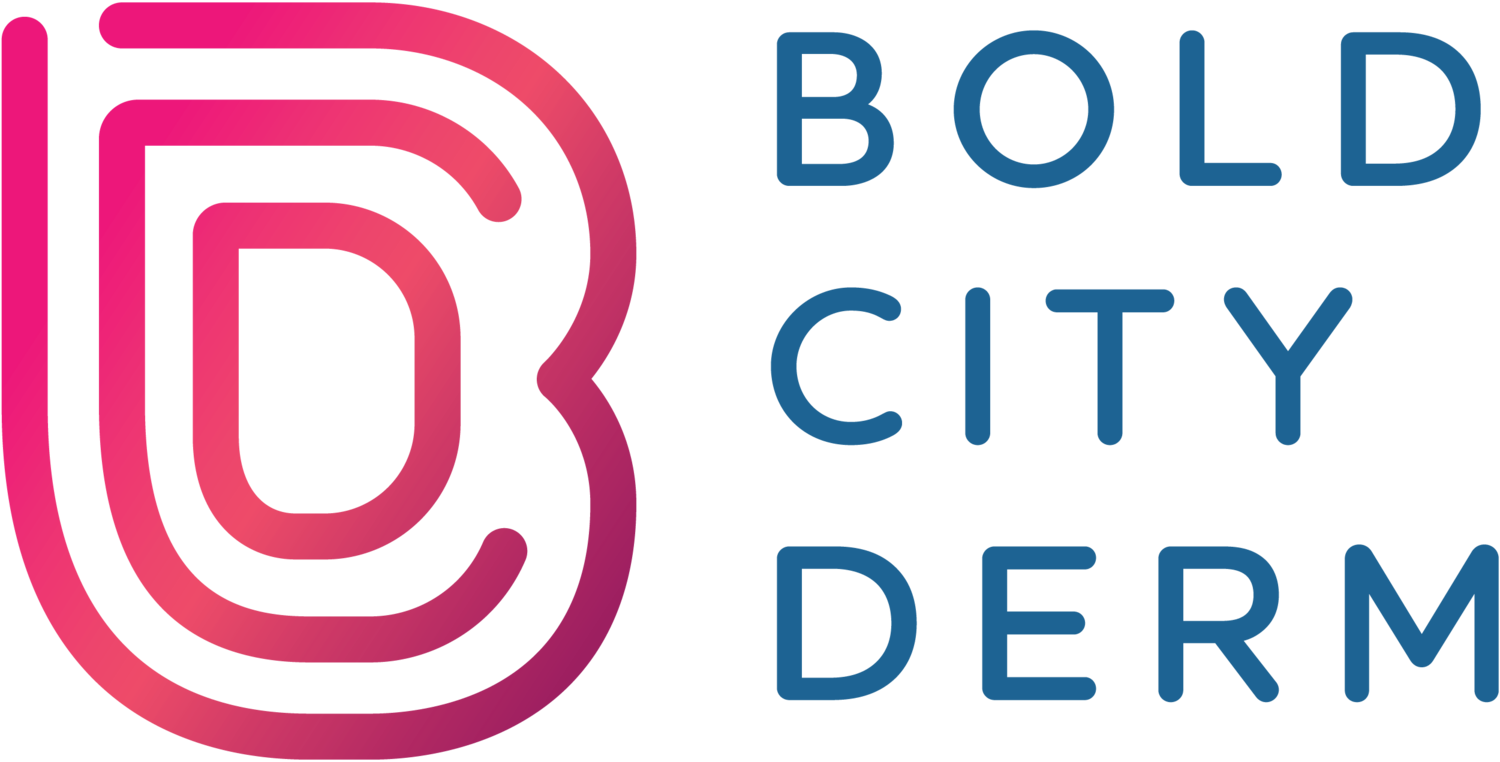
Surgical Dermatology
We can provide a number of surgical treatments to optimize your skin’s health.
Surgical Treatments
-
Mohs micrographic surgery is a specialized, highly effective technique focusing on the accurate removal of skin cancer. It allows the best tracking of the skin cancer (by visualizing 100% of the surgical margins), while sparing the greatest amount of surrounding healthy tissue.
Mohs surgery provides the highest cure rates (up to 99%) for basal cell and squamous cell carcinomas when compared to any other method. The surgeon then performs reconstruction of the defect. There is no need to go to a surgical center or hospital, and the patient can go home the same day.
There is also no need for general anesthesia, preventing a lengthy recovery and possible side effects from general anesthesia. Mohs surgery is recommended for recurrent skin cancers or skin cancers where maximum preservation of healthy tissue is vital, such as the face, hands, feet, and genitals.
To read more about Mohs micrographic surgery, click here. -
An excision is the surgical removal of a lesion along with a margin of surrounding healthy skin tissue. Both skin cancers and non-cancerous lesions (cysts, growths) are removed using this method. The margin’s size depends on the type of lesion and if it is cancerous. Generally, more aggressive skin cancers require a wider margin of excision.
Before an excision, the area is surgically prepped and numbed with a local anesthetic. The surgeon then removes the lesion and sends it to the lab for analysis and confirmation that the entire lesion was removed. The incision is closed with stitches. If the incision is large, a skin graft or flap may be required. Recovery time varies based on location and the size of excision. You will be given clear wound care instructions. It is very important to follow these instructions for proper wound healing.
One week after the procedure, you will receive a call to inform you of the pathology results and, in the case of skin cancer, if the margins were clear. Suture removal is performed after 1-2 weeks.
To read more about excision prodedures click here. -
Electrodesiccation and Curettage (ED&C) is a minor surgical procedure used for superficial basal or squamous skin cancers. It does not involve sutures or stitches. The area is sterilized and numbed with local anesthetic. A curette (spoon-shaped tool) is used to scrape away the skin cancer.
The surgeon then heats the surface with a cautery (electrodessication) to control bleeding and destroy more cancerous cells. This cycle is repeated 2-3 times to ensure the skin cancer has been removed. Healing typically takes a few weeks depending on size, location, and quality of post-surgery wound care.
You will be given detailed wound care instructions and a follow-up appointment to check wound healing. Activity restrictions are less strict than other surgical procedures.
To download this PDF and learn more click here. -
yotherapy involves the controlled use of liquid nitrogen to destroy pre-cancerous spots or benign growths. Dr. Al-Dabagh will utilize special equipment to expose the desired spot to liquid nitrogen.
The liquid nitrogen freezes and thaws the abnormal or diseased tissue at a cellular level. He will explain everything in detail before starting.
The cold does sting for a few seconds during therapy. It is normal to develop a blister or scab afterwards. Some lesions, such as warts, may require repeat treatments.
To download this PDF and learn more click here. -
In addition to cryotherapy and surgery, topical chemotherapy and topical immunomodulators (i.e. 5-fluorouracil, imiquimod, or ingenol mebutate) can treat actinic keratoses (precancerous spots) and some subtypes of basal cell and squamous cell carcinoma. If the skin cancers are fairly shallow and numerous, topical chemotherapy cream may be a chosen for ‘field therapy.’ The medicated cream is applied daily for a prescribed period of time. Since the medicine is applied topically, the risk of systemic side effects is minimal.
Another option for treating basal or squamous cell carcinomas is injected chemotherapy, such as methotrexate, and is always administered by Dr. Al-Dabagh in the clinic.
Proper follow-up and monitoring for both topical and injected chemotherapy ensures adequate treatment and minimizes side effects.
To download this PDF and learn more click here.



